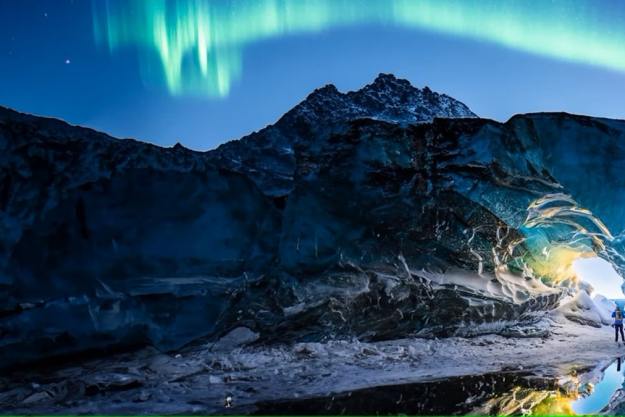Shutterstock — one of the most popular stock image websites — plans on selling AI-created images, according to reporting from Gizmodo.
Shutterstock will generate the images using DALLE-2, and the company claims it will compensate creators whose images are used to generate the images.
DALL-E 2 is one of the most popular AI art generators, and Shutterstock has an ongoing relationship with the AI’s developer, OpenAI. Shutterstock plans on moving forward with monetizing AI artwork, even while conversations are ongoing about the legality of the practice. Shutterstock believes it has the solution, though. The company will establish a “Contributor Fund” to pay contributors when their images are used by DALL-E 2.
However, selling AI-generated images is far from a consensus, especially in the stock image market. The CEO of Getty Images, Craig Peters, recently aired his concerns in an interview with The Verge.
“There’s a lot of questions out there right now — about who owns the copyright to that material, about the rights that were leveraged to create that material — and we don’t want to put our customers into that legal risk,” he said. Peters also expressed concerns about the company’s competitors racing to monetize AI images, and he emphasized a need to answer questions about copyright and how to properly attribute and pay creators.
“I think the fact that these questions are not being addressed is the issue here,” he said. “In some cases, they’re just being thrown to the wayside. I think that’s dangerous. I don’t think it’s responsible. I think it could be illegal.”
AI-generated art has gained a lot of attention lately (for better and worse). Apps like Midjourney make the technology available to everyday people, and even Microsoft is throwing its weight behind the tech. Shutterstock is confident it has the solution, though, and you could get direct access to these DALLE-2 images within the next few months.
Editors' Recommendations
- Stability AI’s music tool now lets you generate tracks up to 3 minutes long
- Fake AI images are showing up in Google search — and it’s a problem
- New ‘poisoning’ tool spells trouble for AI text-to-image tech
- Amazon expands use of generative AI to summarize product reviews
- DALL-E 3 could take AI image generation to the next level




